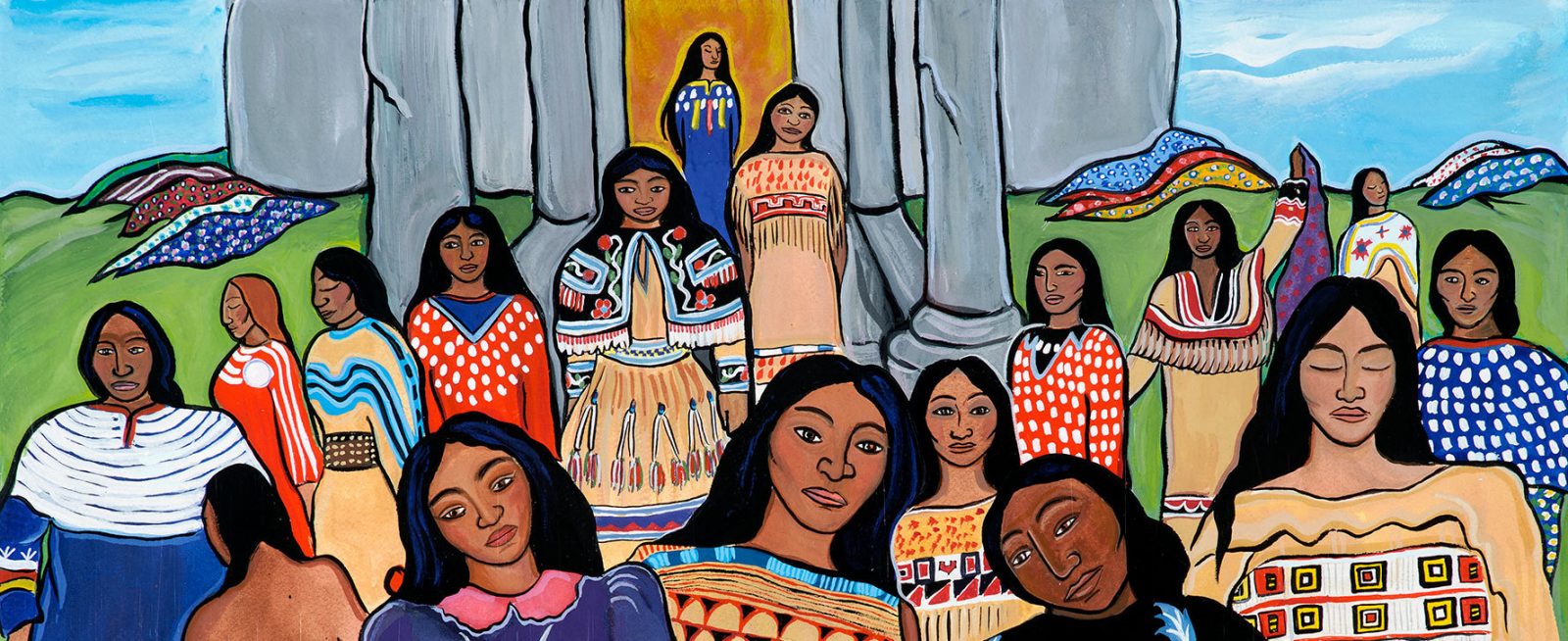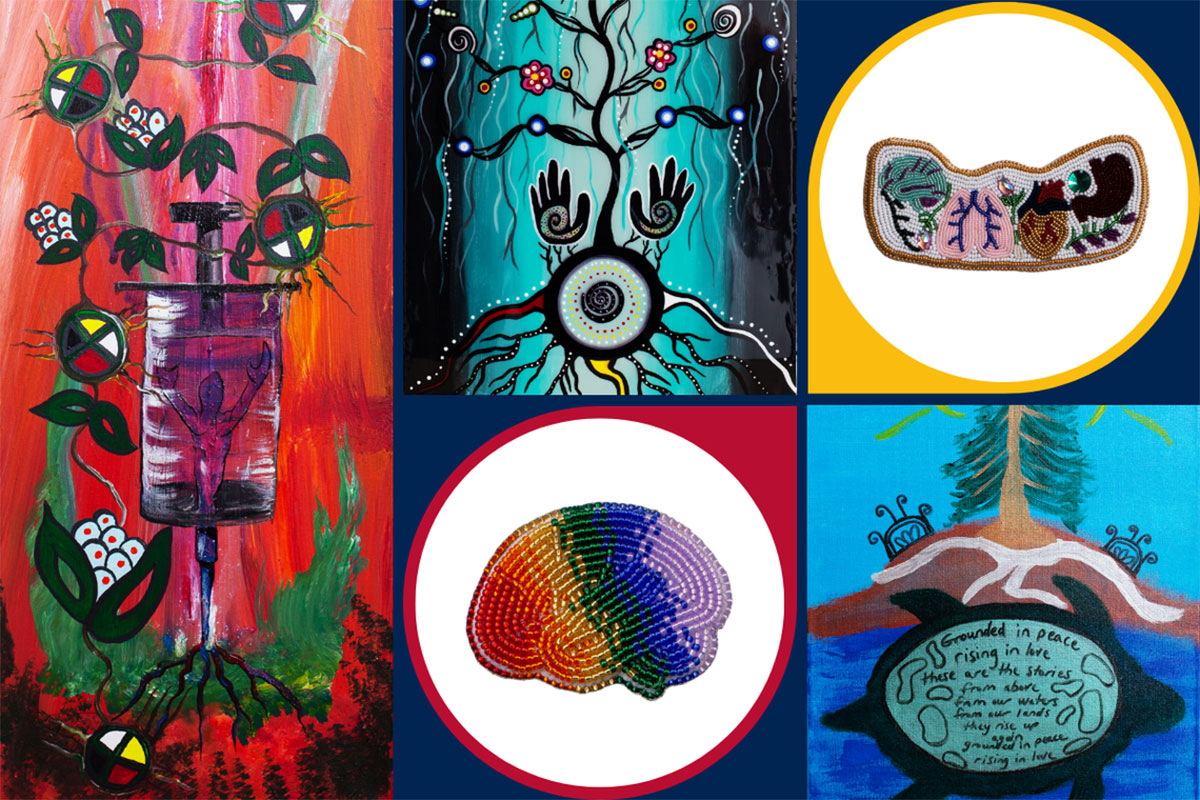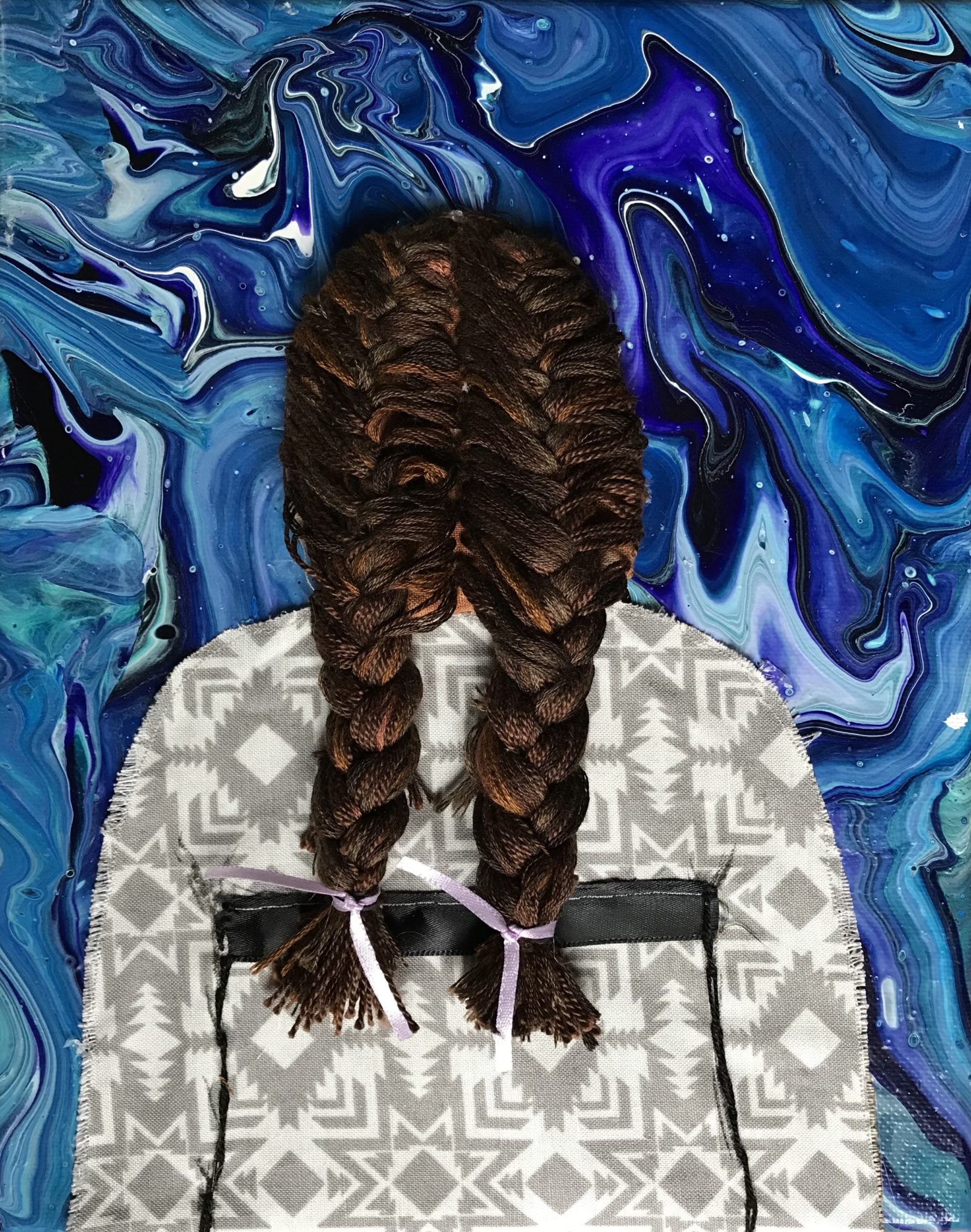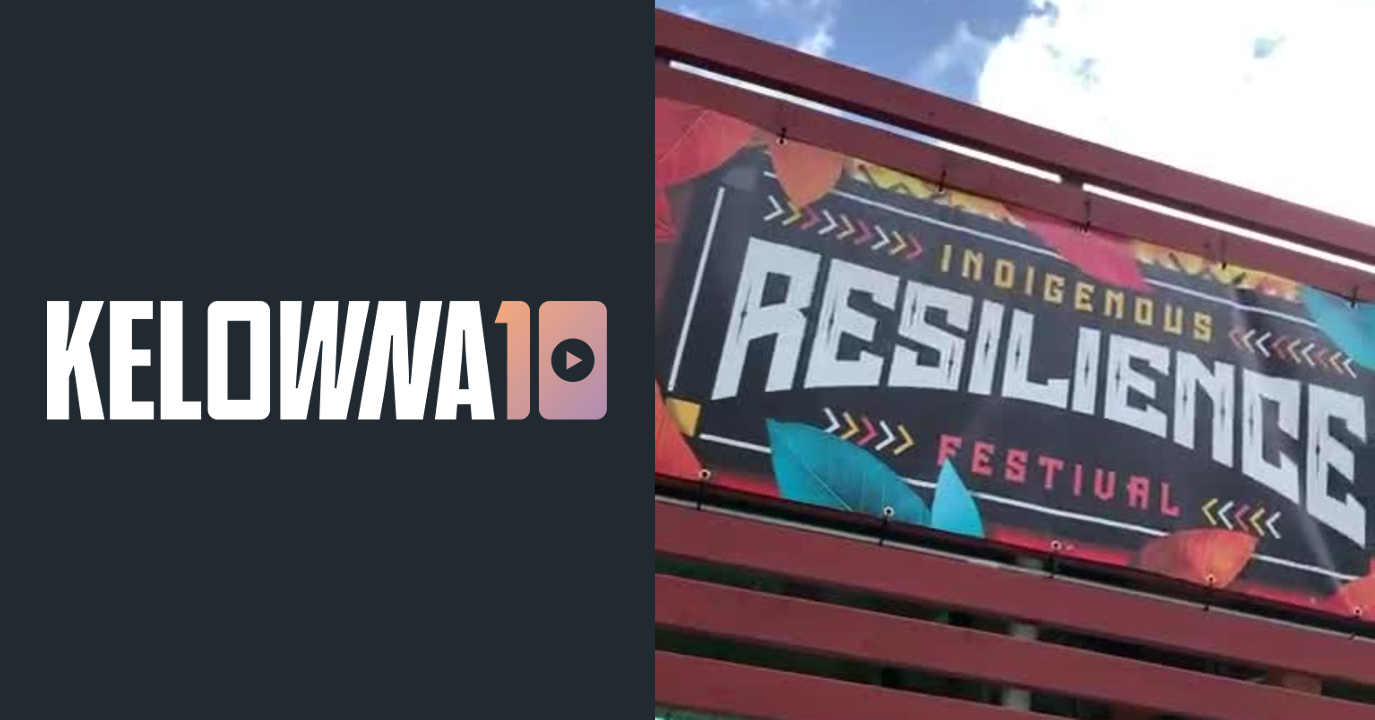Unmasking the Soul: Celebrating the Power and Resilience of Indigenous Artists
Unmasking the Soul: Celebrating the Power and Resilience of Indigenous Artists

The vibrant tapestry of human culture is woven with threads of diverse stories, traditions, and artistic expressions. Among these threads, the artistry of Indigenous peoples stands out, not just for its beauty, but for its profound connection to the land, its ancestors, and the very essence of their identity. These artists, from across the globe, are not merely creators, but custodians of history, keepers of traditions, and voices of a collective spirit that transcends time and borders.
Beyond the Canvas: The Multifaceted World of Indigenous Art
Related Articles: Unmasking the Soul: Celebrating the Power and Resilience of Indigenous Artists
- Alaska Native Corporations: A Legacy Of Resilience And Economic Empowerment
- The Richest Tribe In The US: A Tale Of Resilience, Resourcefulness, And Legacy
- The Top 20 Richest Tribes In The World: A Glimpse Into Wealth And Tradition
- Mdewakanton: Unraveling The Pronunciation Of A Powerful Name
- Unlocking The Secrets Of Shakopee Mdewakanton Monthly Payments: A Comprehensive Guide
The term "Indigenous art" encompasses a breathtaking spectrum of creative expressions, defying easy categorization. From the intricate beadwork of the Plains Indians to the breathtaking sand paintings of the Australian Aboriginals, the artistic traditions of Indigenous peoples are as diverse as the lands they call home.
Weaving the Tapestry of Culture:
-
Traditional Arts: These are the bedrock of Indigenous artistic expression, passed down through generations. These forms often hold deep spiritual and cultural significance, reflecting the relationship between the artist and their environment, ancestors, and deities. Examples include:
- Basketry: Intricate weaving techniques using natural materials like reeds, grasses, and bark, often with symbolic patterns.
- Pottery: From the delicate ceramic figurines of the Pueblo peoples to the robust clay vessels of the indigenous communities of South America, pottery tells stories of daily life, rituals, and beliefs.
- Textiles: The vibrant textiles of Indigenous cultures are more than just clothing; they are canvases for storytelling, identity, and social status. From the intricately woven blankets of the Navajo to the colorful textiles of the Andean peoples, these fabrics represent a rich history and cultural heritage.
- Carving: Wood, bone, ivory, and stone are transformed into stunning sculptures, masks, and tools by Indigenous artists. These carvings often depict spiritual beings, animals, and ancestral figures, reflecting the deep connection to nature and the spirit world.


Contemporary Art: While rooted in tradition, Indigenous artists are also pushing boundaries and exploring new mediums, blending traditional techniques with modern sensibilities. This contemporary art scene is a powerful platform for Indigenous voices, addressing issues of colonization, cultural preservation, and social justice. Contemporary Indigenous artists are using:
- Painting: From bold abstract expressions to intricate landscapes, contemporary Indigenous artists are using paint to explore themes of identity, history, and resistance.
- Performance Art: Through dance, storytelling, and music, Indigenous artists are reclaiming their narratives and challenging societal perceptions.
- Film and Photography: Indigenous filmmakers and photographers are using their mediums to document their experiences, share their stories, and amplify their voices.
- Digital Art: The digital age has opened up new avenues for Indigenous artists to express themselves, using technology to create innovative works that bridge the gap between tradition and modernity.

More Than Just Art: The Social Impact of Indigenous Artistic Expressions
Indigenous art is not merely aesthetically pleasing; it plays a crucial role in preserving cultural identity, promoting social change, and fostering understanding between communities.
- Cultural Preservation: Each piece of art is a testament to the resilience of Indigenous cultures, serving as a living archive of knowledge, traditions, and beliefs. Through their art, Indigenous peoples are ensuring the survival of their languages, stories, and traditions for future generations.
- Social Justice: Contemporary Indigenous art often addresses issues of colonization, racism, and environmental degradation. These artists are using their platforms to raise awareness, challenge stereotypes, and advocate for the rights of their communities.
- Intercultural Dialogue: Indigenous art provides a bridge for understanding and empathy between Indigenous and non-Indigenous communities. By engaging with the art, viewers can gain a deeper appreciation for the diverse perspectives and experiences of Indigenous peoples.
The Challenges Faced by Indigenous Artists
Despite their immense talent and cultural contributions, Indigenous artists face significant challenges:
- Lack of Recognition and Representation: The art world has historically marginalized Indigenous artists, often failing to acknowledge their contributions and provide them with equal opportunities.
- Commodification and Appropriation: The art market can be exploitative, with Indigenous art sometimes being commodified and appropriated without proper respect or compensation.
- Limited Access to Resources: Indigenous artists often face challenges in accessing resources, funding, and exhibition spaces, hindering their ability to showcase their work and reach wider audiences.
Supporting Indigenous Artists: A Collective Responsibility
To ensure the continued thriving of Indigenous art, it is crucial for individuals, institutions, and societies to take action:
- Educate Yourself: Learn about the history, culture, and art of Indigenous peoples. Engage with their stories and perspectives.
- Support Indigenous Artists: Patronize their work, attend their exhibitions, and promote their creations.
- Advocate for Equity and Representation: Demand greater representation of Indigenous artists in museums, galleries, and other cultural institutions.
- Respect Cultural Sensitivity: Be mindful of cultural protocols and avoid appropriating or exploiting Indigenous art.
FAQ about Indigenous Artists
Q: What are some of the most famous Indigenous artists?
A: There are countless talented Indigenous artists, and the list is constantly growing. Some notable names include:
- Norval Morrisseau (Canada): Known as the "Picasso of the North," Morrisseau’s vibrant paintings blend traditional Ojibwe imagery with modern artistic techniques.
- Linda Lomahaftewa (USA): A Hopi potter and educator, Lomahaftewa’s work explores themes of identity, culture, and the environment.
- Warlimpirrnga Tjapaltjarri (Australia): A renowned Aboriginal artist, Tjapaltjarri’s paintings depict the intricate landscapes and ancestral stories of his people.
- Matika Wilbur (USA): A photographer and activist, Wilbur’s work celebrates the beauty and resilience of Indigenous peoples, challenging stereotypes and promoting self-determination.
Q: How can I learn more about Indigenous art?
A: There are many ways to expand your knowledge of Indigenous art:
- Visit museums and galleries: Many institutions feature dedicated collections of Indigenous art.
- Attend exhibitions and events: Look for opportunities to experience Indigenous art in person.
- Read books and articles: Explore the diverse literature and scholarship on Indigenous art.
- Follow Indigenous artists online: Connect with artists through social media platforms.
Q: How can I support Indigenous artists?
A: There are many ways to support Indigenous artists:
- Purchase their art: Support their livelihoods by acquiring their work.
- Attend their exhibitions and performances: Show your appreciation for their talent.
- Share their work online: Spread the word about their creations.
- Donate to Indigenous art organizations: Help provide resources and opportunities for artists.
- Advocate for their rights and recognition: Speak out against injustice and promote their voices.
By engaging with the rich and diverse world of Indigenous art, we can celebrate the enduring spirit of these artists, learn from their wisdom, and contribute to a more just and equitable world.
Closure
Thus, we hope this article has provided valuable insights into Unmasking the Soul: Celebrating the Power and Resilience of Indigenous Artists. We thank you for taking the time to read this article. See you in our next article!



